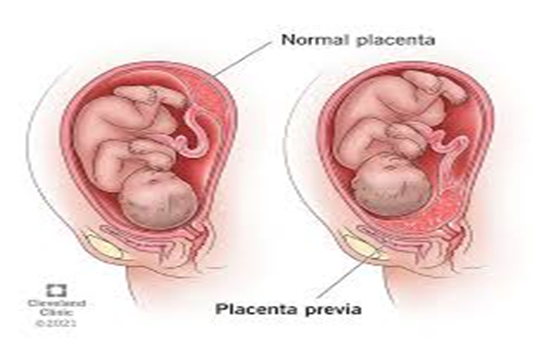A nurse is instructing a female client on how to check her basal body temperature to determine if she is ovulating. The nurse should instruct the client to check her temperature at which of the following times?
1 hour following intercourse
Every morning before arising
Before going to bed every night
On days 13 to 17 of her menstrual cycle
The Correct Answer is B
Choice A reason:
Checking basal body temperature 1 hour following intercourse is not recommended as a method to determine ovulation. Intercourse and physical activity can increase body temperature, which may lead to inaccurate readings. Basal body temperature should be measured after a period of rest, not after physical activity.
Choice B reason:
The basal body temperature method involves measuring the body's at-rest temperature to identify slight changes that occur around the time of ovulation. It is most accurate when taken every morning before getting out of bed, after at least 3 hours of uninterrupted sleep, and before any physical activity, including eating or drinking. A slight increase in basal body temperature typically occurs after ovulation and remains elevated until the next menstrual period. This method requires consistency and precise timing to be effective.
Choice C reason:
Measuring basal body temperature before going to bed every night is not an effective way to track ovulation. The body's temperature fluctuates throughout the day due to various factors, including activity levels, meals, and external temperatures. Therefore, nighttime measurements would not provide the consistent, resting temperature needed to accurately detect ovulation.
Choice D reason:
While it is true that ovulation typically occurs around the middle of the menstrual cycle, which for many women is between days 13 to 17, limiting temperature checks to these days only may miss the initial rise in temperature that indicates ovulation. Ovulation can vary from cycle to cycle, and it is important to measure basal body temperature daily to detect the pattern over time.
Nursing Test Bank
Naxlex Comprehensive Predictor Exams
Related Questions
Correct Answer is C
Explanation
Choice a reason:
While there is always a risk of introducing infection with an internal examination, this is not the primary concern with placenta previa. Infections are a risk with any invasive procedure, but the precautions taken during a typical internal examination minimize this risk.
Choice b reason:
Initiating preterm labor is a concern with any manipulation of the cervix or uterus during pregnancy. However, at 37 weeks, the pregnancy is considered early-term, and the risk of preterm labor is not the primary concern in the context of placenta previa.
Choice c reason:
The primary reason for avoiding an internal examination in a client with placenta previa is the risk of profound bleeding. With placenta previa, the placenta covers part or all of the cervix. An internal examination could disturb the placenta and lead to significant hemorrhage, which can be life-threatening for both the mother and the fetus.
Choice d reason:
While there is a risk of rupturing the membranes during an internal examination, this is not the primary concern with placenta previa. The main issue is the potential for causing significant bleeding due to the placenta's location over the cervix.

Correct Answer is C
Explanation
Choice a reason:
Slightly below the umbilicus is not the expected location for the fundus at 22 weeks of gestation. Typically, the fundus is located at the level of the umbilicus at 20 weeks and rises about 1 cm above the umbilicus each week thereafter.
Choice b reason:
3 cm above the umbilicus would be more consistent with a gestational age of approximately 23 weeks, as the fundus rises approximately 1 cm per week after reaching the level of the umbilicus at 20 weeks.
Choice C rationale: At 22 weeks of gestation, the fundus is typically located slightly above the umbilicus. The uterus has grown sufficiently by this stage to reach this position, aligning with the expected fundal height measurements. This corresponds with normal pregnancy progression, as fundal height in centimeters is expected to approximate the gestational age in weeks.
Choice D rationale: By 22 weeks of gestation, the fundus has already risen above the umbilicus, so palpating the fundus 3 cm below the umbilicus is inconsistent with normal pregnancy progression. Earlier in pregnancy, such as around 16 to 18 weeks, the fundus might be found below the umbilicus, but this does not apply at 22 weeks.
Whether you are a student looking to ace your exams or a practicing nurse seeking to enhance your expertise , our nursing education contents will empower you with the confidence and competence to make a difference in the lives of patients and become a respected leader in the healthcare field.
Visit Naxlex, invest in your future and unlock endless possibilities with our unparalleled nursing education contents today
Report Wrong Answer on the Current Question
Do you disagree with the answer? If yes, what is your expected answer? Explain.
Kindly be descriptive with the issue you are facing.
